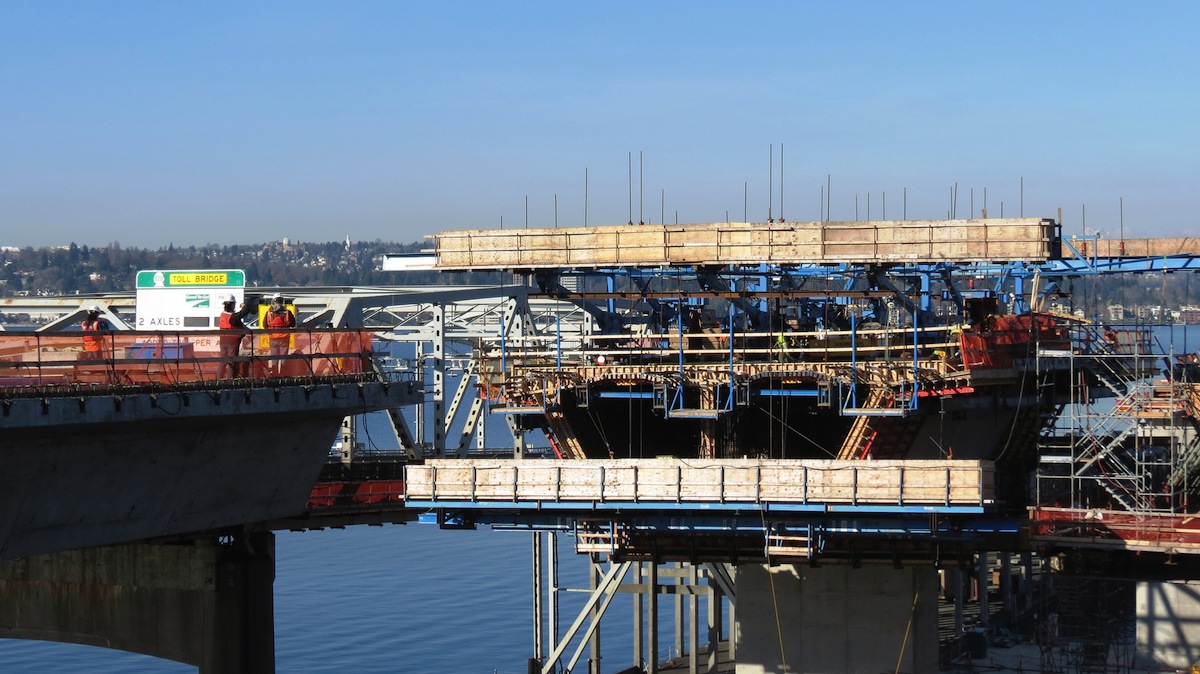Nonresidential construction spending fell in September for the first time in eight months, the U.S. Census Bureau reported, but the monthly drop in spending is not a cause for concern according to analysis by Associated Builders and Contractors (ABC). Nonresidential construction spending fell by 0.1% from August, totaling $692.8 billion on a seasonally adjusted annualized basis.
September's year-over-year increase of 12.4% is the largest increase since April 2008. After falling in two consecutive months, public nonresidential construction spending grew by 0.7% in September while private sector construction spending fell by 0.7% for the month.
"The last several months have generally been associated with sizable increases in nonresidential construction," said ABC Chief Economist Anirban Basu. "Today's release, while not particularly upbeat, does not alter the fact that nonresidential construction spending continues to recover and that most contractors are busier than they were a year ago.
"Although there are many potential forces at work that resulted September's monthly construction spending decline, most are not alarming. With construction materials prices falling, contractors may be able to offer somewhat lower prices for their services, helping to suppress growth in construction value put in place. It is also conceivable that some construction work is being slowed by an ongoing lack of available skilled personnel. This factor has certainly helped to slow residential construction, and it seems reasonable to presume that some nonresidential contractors would face similar issues.

Seven nonresidential construction sectors experienced spending increases in September on a monthly basis:
- Educational-related spending expanded by 2% for the month and 11.5% for the year.
- Spending in the religious category grew by 5.6% on a monthly basis and 0.8% year-over-year.
- Amusement and transportation-related spending rose by 0.2% from August and 30.6% from September of last year.
- Transportation-related spending expanded by 1.6% from a month ago and 10.2% from a year ago.
- Highway and street-related construction spending inched 0.3% higher for the month and is up 10% from the same time last year.
- Sewage and waste disposal-related spending rose by 1.1% from August and 12.9% from September of last year.
- Spending in the water supply category gained 4.3% from the previous month and 5.6% on a year-ago basis.
Spending in nine nonresidential construction subsectors fell in September on a monthly basis:
- Spending in the lodging category fell by 0.7% for the month but is up 32.8% from September 2014.
- Office-related spending dipped 0.4% from August but is 19.3% higher than at the same time last year.
- Spending in the commercial category fell by 1.1% on a monthly basis and by 2% on a yearly basis.
- Health care-related spending inched 0.1% lower for the month but is up 9% on a year-ago basis.
- Public safety-related spending fell 3% month-over-month and 4.8% year-over-year.
- Spending in the communication-category declined 2.7% from August but is up 10.2% from the same time last year.
- Power-related construction spending fell 1.7% on a monthly basis but expanded 1.9% over the previous twelve months.
- Conservation and development-related spending lost 6% for the month but is still 1.6% higher than at the same time last year.
- Manufacturing related spending fell 0.4% for the month but is still up 41.3% from September 2014.
To view the previous spending report, click here.
Related Stories
| Aug 9, 2022
5 Lean principles of design-build
Simply put, lean is the practice of creating more value with fewer resources.
| Aug 9, 2022
Designing healthy learning environments
Studies confirm healthy environments can improve learning outcomes and student success.
Legislation | Aug 8, 2022
Inflation Reduction Act includes over $5 billion for low carbon procurement
The Inflation Reduction Act of 2022, recently passed by the U.S. Senate, sets aside over $5 billion for low carbon procurement in the built environment.
| Aug 8, 2022
Mass timber and net zero design for higher education and lab buildings
When sourced from sustainably managed forests, the use of wood as a replacement for concrete and steel on larger scale construction projects has myriad economic and environmental benefits that have been thoroughly outlined in everything from academic journals to the pages of Newsweek.
AEC Tech | Aug 8, 2022
The technology balancing act
As our world reopens from COVID isolation, we are entering back into undefined territory – a form of hybrid existence.
Legislation | Aug 5, 2022
D.C. City Council moves to require net-zero construction by 2026
The Washington, D.C. City Council unanimously passed legislation that would require all new buildings and substantial renovations in D.C. to be net-zero construction by 2026.
Cultural Facilities | Aug 5, 2022
A time and a place: Telling American stories through architecture
As the United States enters the year 2026, it will commence celebrating a cycle of Sestercentennials, or 250th anniversaries, of historic and cultural events across the land.
Sponsored | | Aug 4, 2022
Brighter vistas: Next-gen tools drive sustainability toward net zero line
New technologies, innovations, and tools are opening doors for building teams interested in better and more socially responsible design.
| Aug 4, 2022
Newer materials for green, resilient building complicate insurance underwriting
Insurers can’t look to years of testing on emerging technology to assess risk.
Sustainability | Aug 4, 2022
To reduce disease and fight climate change, design buildings that breathe
Healthy air quality in buildings improves cognitive function and combats the spread of disease, but its implications for carbon reduction are perhaps the most important benefit.

















